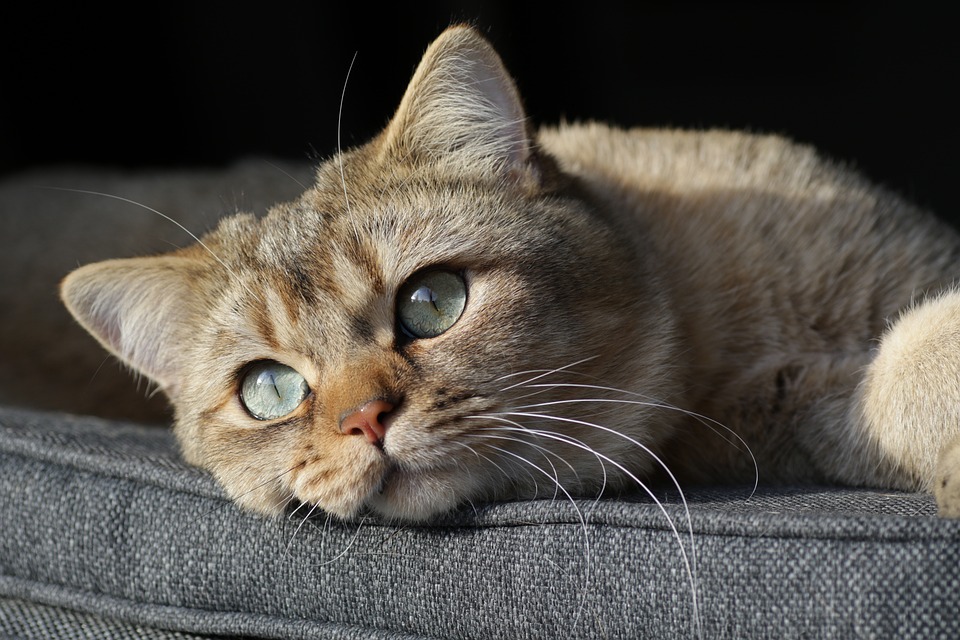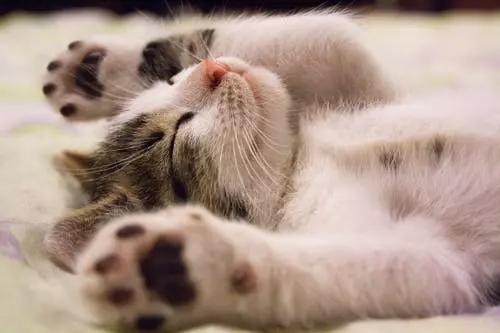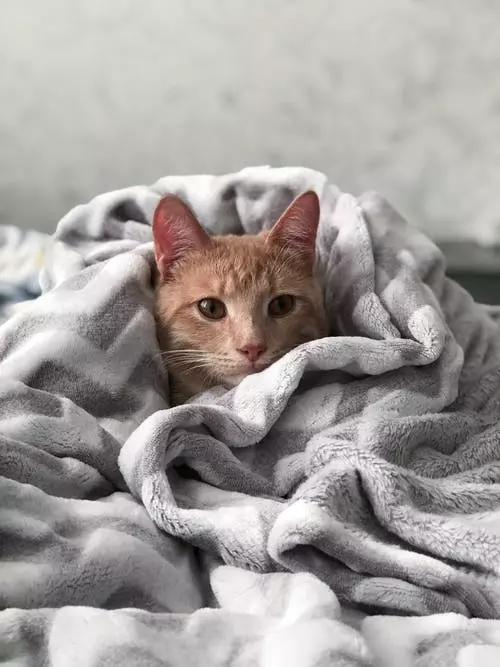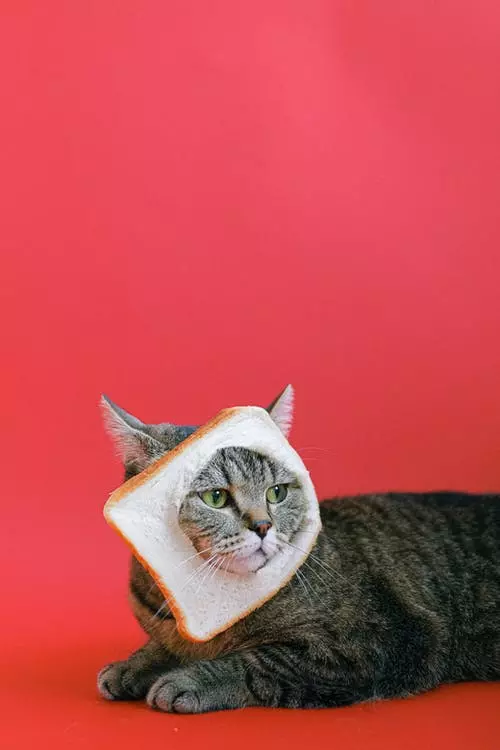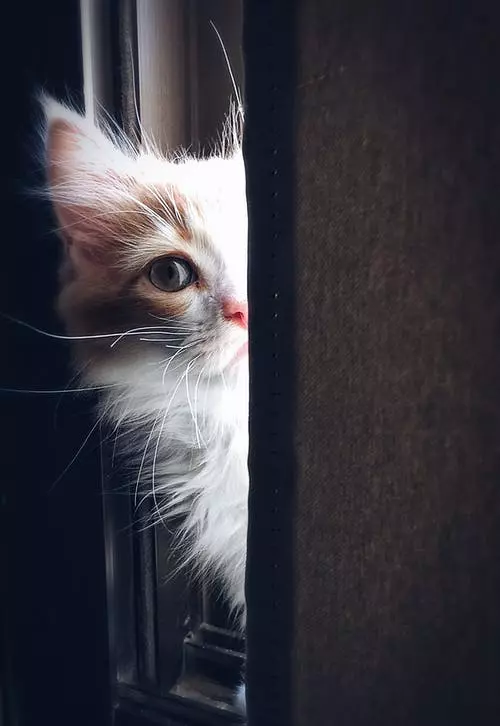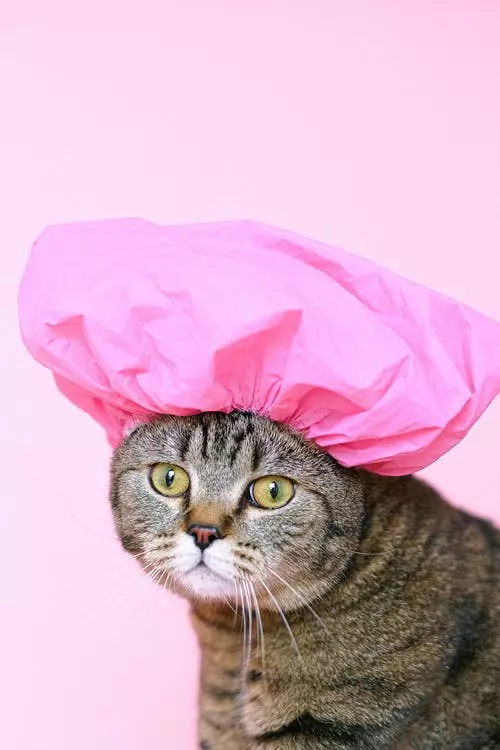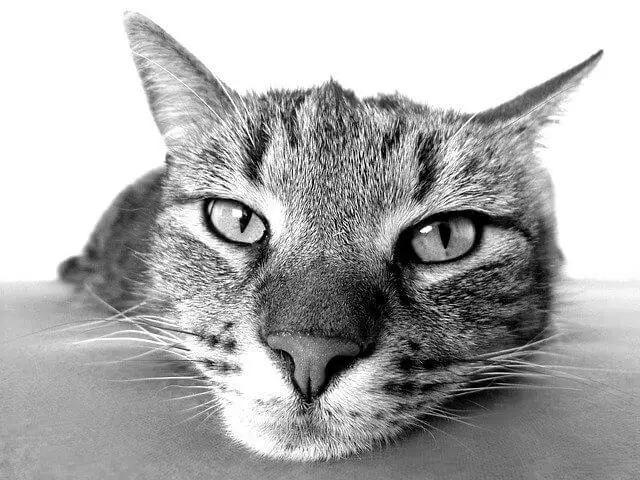Introduction:
Proper nutrition is crucial for the health and well-being of cats. As responsible cat owners, we must ensure that our feline friends have a balanced and nutritious diet. One way to achieve this is by preparing homemade cat food. Not only does it allow us to have control over the ingredients and quality of the food, but it also provides our cats with a variety of flavors and textures. In this article, we will explore the nutritional needs of cats, the benefits of homemade cat food, and how to create homemade cat food recipes that meet their dietary requirements.
Understanding the Nutritional Needs of Cats:
Cats have specific dietary requirements that differ from other animals. They are obligate carnivores, which means that their diet should primarily consist of animal-based protein. Essential nutrients for a balanced feline diet include protein, fats, carbohydrates (optional), vitamins, and minerals. Cats require high levels of protein for their muscle development, along with specific amino acids like taurine. Improper nutrition can lead to various health issues, such as obesity, urinary tract problems, and even organ failure.
Benefits of Homemade Cat Food:
When we prepare homemade cat food, we have complete control over the ingredients and their quality. Commercial cat food often contains fillers and by-products that may not provide optimal nutrition for our cats. By making our own cat food, we can avoid these ingredients and ensure that our cats are getting the best possible nutrition. Additionally, homemade cat food allows us to cater to specific dietary restrictions, such as allergies or sensitivities. Moreover, the variety of flavors and textures in homemade cat food can enhance their eating experience and prevent them from getting bored with their meals.
Creating Homemade Cat Food Recipes:
Before diving into making homemade cat food, it is essential to consult with a veterinarian. They can guide us on the specific dietary needs of our cats and offer recommendations for homemade recipes. Understanding macronutrient ratios is also important. Cats require a higher percentage of protein in their diet compared to other animals. High-quality protein sources such as chicken, fish, turkey, and beef should be the foundation of their meals. Essential vitamins and minerals can be incorporated through vegetables and supplements. Healthy fats, like fish oil, can contribute to their overall well-being. Carbohydrates are optional, and their inclusion should be based on the individual needs of the cat.
Homemade Cat Food Recipes for Optimal Nutrition:
1. Chicken and Rice Delight: Cooked chicken, brown rice, and a mix of vegetables like carrots and peas.
2. Fish Feast with Vegetables: Cooked fish, sweet potatoes, and a blend of green beans and broccoli.
3. Turkey and Pumpkin Stew: Cooked ground turkey, pumpkin puree, and a medley of spinach and carrots.
4. Beef and Liver Medley: Cooked ground beef, liver, and a combination of zucchini and bell peppers.
5. Vegetarian Delight (for cats with dietary restrictions): Cooked lentils, quinoa, and a variety of mixed vegetables.
FAQs about Homemade Cat Food Recipes:
1. Can I substitute the protein sources in the recipes? It is possible to substitute the protein sources, but it is important to ensure that the new protein source is appropriate for cats and provides the necessary nutrients.
2. Is it necessary to cook the homemade cat food recipes? Yes, cooking the homemade cat food ensures that it is safe for consumption and reduces the risk of bacterial contamination.
3. How often should I feed my cat homemade food? The frequency of feeding homemade cat food depends on the specific needs and preferences of the cat. Consulting with a veterinarian can help determine the appropriate feeding schedule.
4. Are there any ingredients I should avoid in homemade cat food? Some ingredients that should be avoided include onions, garlic, grapes, raisins, chocolate, and caffeine, as they can be toxic to cats.
5. Can I freeze homemade cat food? Yes, homemade cat food can be frozen in individual portions for convenience and to maintain freshness.
6. Will my cat get all the necessary nutrients from homemade cat food? With proper planning and consultation with a veterinarian, homemade cat food can provide all the necessary nutrients for a balanced diet.
7. Can I add supplements to homemade cat food recipes? Yes, supplements such as omega-3 fatty acids and vitamins can be added to homemade cat food after consulting with a veterinarian.
8. Is it possible to switch back to commercial cat food after feeding homemade food? It is possible to switch back to commercial cat food, but it should be done gradually to prevent digestive upset. Consulting with a veterinarian is recommended.
Conclusion:
Proper nutrition plays a vital role in the health and well-being of our feline friends. Homemade cat food recipes offer numerous benefits, including control over ingredients and quality, avoidance of fillers and by-products, catering to specific dietary restrictions, and enhanced taste and variety. By following these recipes and guidelines, we can ensure that our cats receive the nutrition they need to thrive. Moreover, utilizing SEO techniques to promote informative and helpful cat health articles can reach a wider audience and contribute to the overall well-being of cats everywhere.

